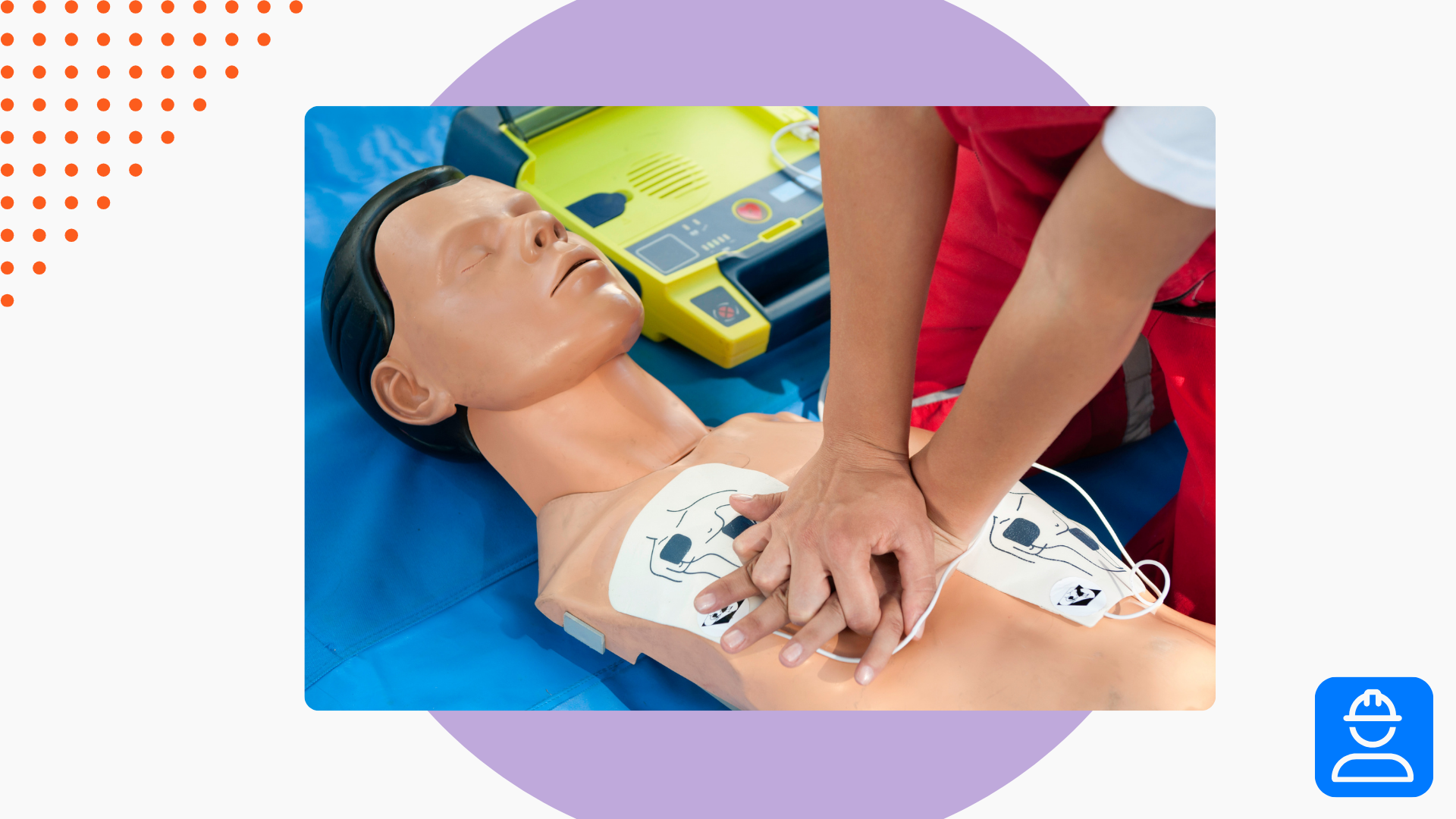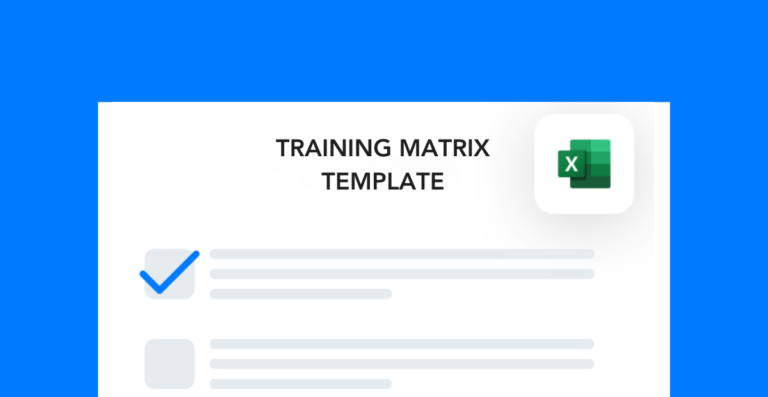Even if you think you know how to conduct safety training, chances are you have things you can improve. The training experience is one of your first and biggest opportunities to influence safety culture at your company.
That’s why it’s important to regularly audit your approach and find new ways to innovate and level up the experience. Audit your own training program by reviewing these best practices.
Teach managers how to conduct training
You can’t have an effective training program if your managers don’t know how to teach the material. Every time you onboard someone who will conduct training, you should instruct them how to do so.
Here are some things that every trainer should know:
- How to complete the task or process they’re giving instruction about
- How to effectively answer questions
- How to recognize when students need a break
- How to engage employees in the training material
- How to assess retention
Incorporate interactive elements
If your training materials are all PowerPoints and paper tests, I can tell you right now that you have room to grow. Anyone who’s ever attended safety training knows what a bore it can be. But you can overcome this stereotype by making your modules more engaging with things like:
- Case studies of safety incidents
- Fun training videos
- Games and quizzes (E.g., Quizlet, Kahoot!)
- Role playing exercises
- Mock safety drills or PPE demonstrations
A 2021 article published in The Review of Educational Research review suggests that video content typically improves student learning outcomes. If you’re using a mixture of e-learning and in-person courses, consider adding videos to any virtual content you want employees to complete.
Create quality training materials
You’re only as good as the material you’re teaching. If you use outdated, inaccurate, or sloppy materials to get the point across, then your employees will be less likely to retain the information.
High-quality training content:
- Helps the learner remember key points
- Has an easy-to-follow layout
- Doesn’t have too much text
- Provides visual elements like photos and diagrams
- Is free of grammatical errors
Whenever you’re developing training content for multiple people to use, make sure it touches on all the key points you want to hit. I would say a good rule of thumb is to put all the essential information in your slides, videos, etc., and then any additional but nonessential information can be part of your speaking points. That way, anyone using those materials as a guideline will have the critical info in front of them.
Schedule and track your sessions
Documenting training is essential for OSHA compliance and overall site performance in health and safety. You need to keep a log of your training sessions and who attended them.
The best way to document everything is with a learning management system like Frontline LMS. With software, you can schedule courses, assign training requirements, and track everyone’s progress.
But if you can’t upgrade to an LMS, then I’d recommend a detailed Excel file that tracks training deadlines for required topics like general safety or process-specific training. The best practice for manual tracking is to update your tracker immediately following every session. That way, you can be sure that your records are accurate.
Other posts you might like…
No posts

